Category: Pulse Beat Articles
-
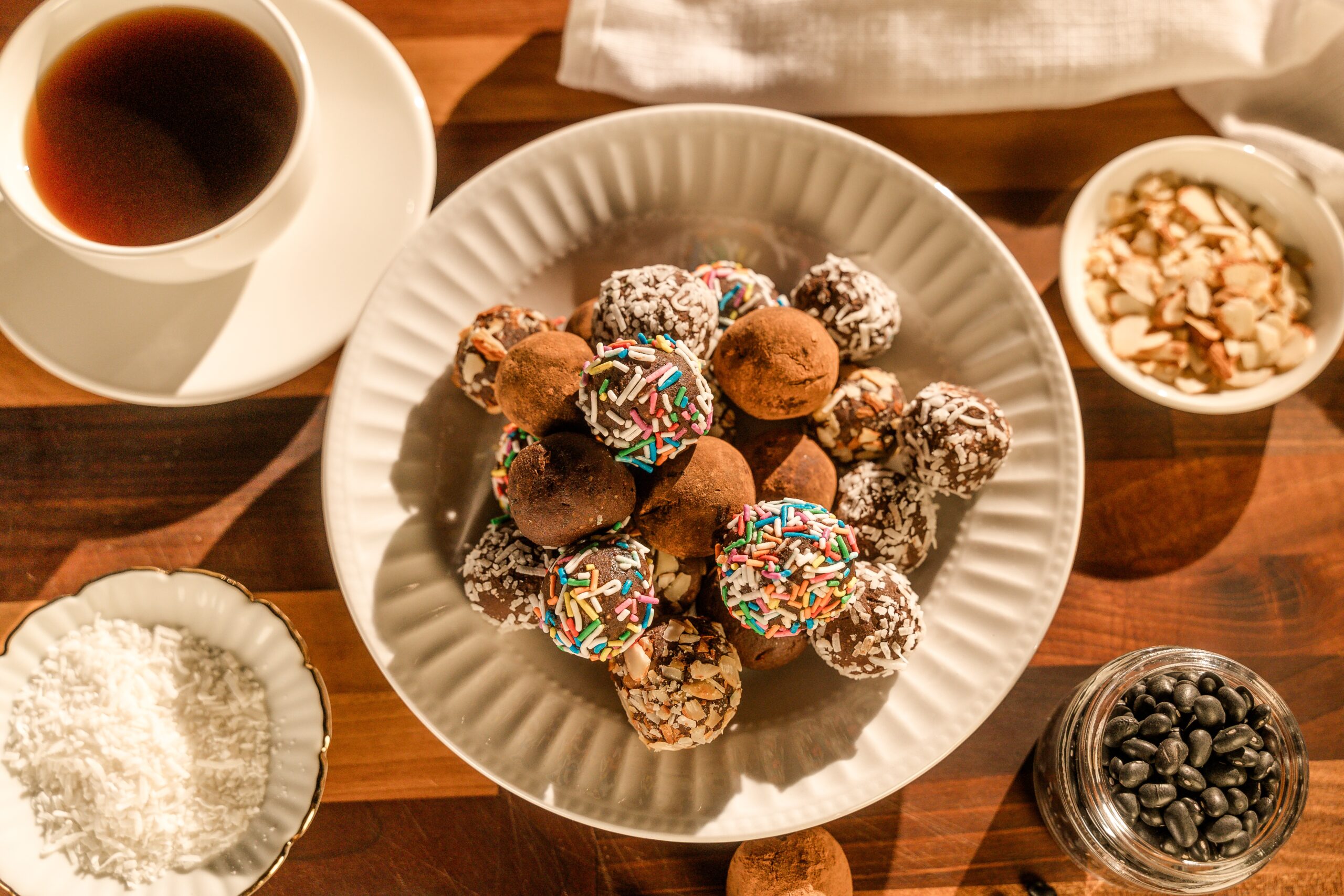
-


Article

Issue
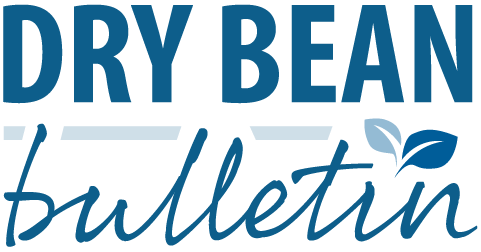

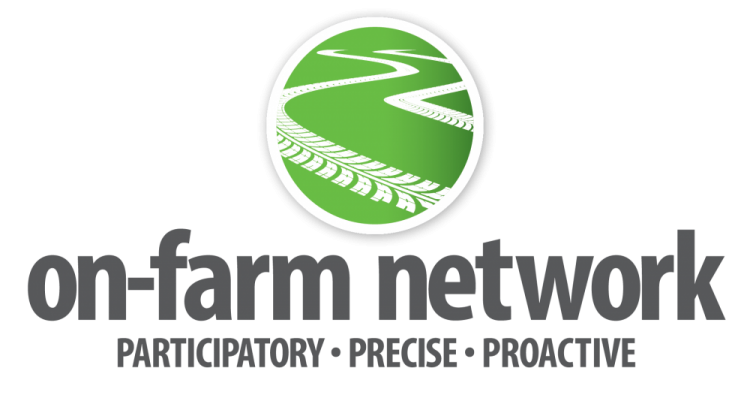
Research report
Recipe
News
Event
Page
Production Resource
Black Bean & Corn Stuffed Sweet Potatoes
-
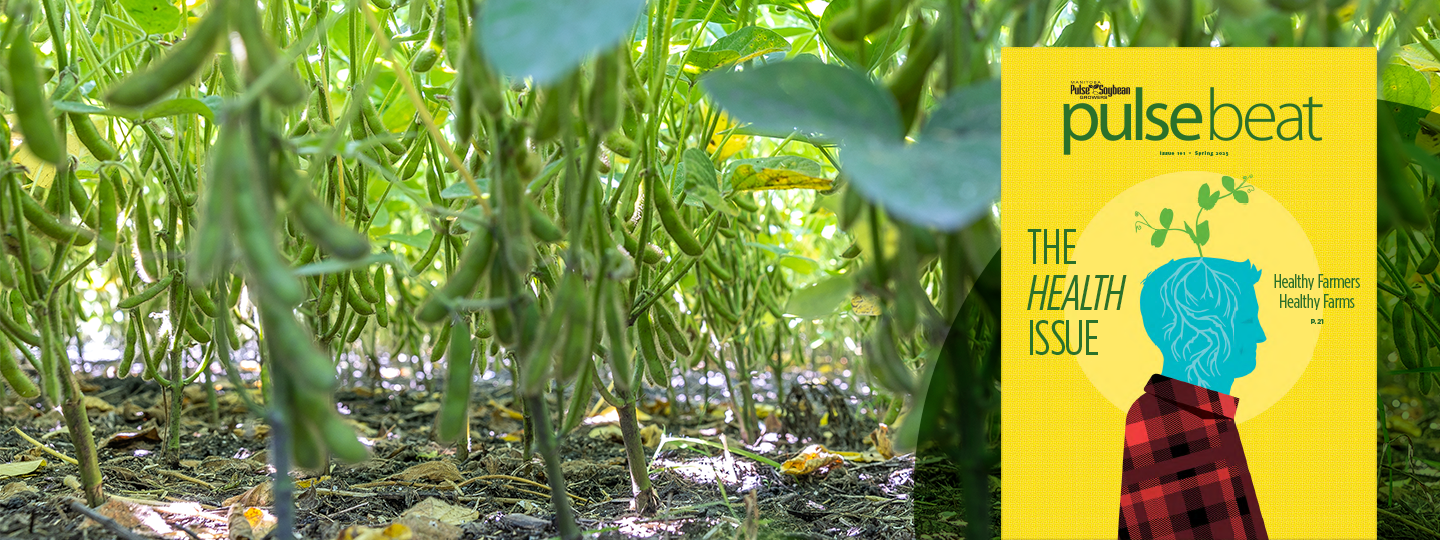

Article

Issue



Research report
Recipe
News
Event
Page
Production Resource
You Can Help Us Cultivate the Future: Join Us for Canadian Agriculture Literacy Month!
-


Article

Issue



Research report
Recipe
News
Event
Page
Production Resource
Dry Beans – Reviewing field scale research to determine if fungicide applications pay
-


Article

Issue



Research report
Recipe
News
Event
Page
Production Resource
The Latest Launch of Pulse and Soybean Research
-


Article

Issue



Research report
Recipe
News
Event
Page
Production Resource
Strengthening Farm Financial Health in a Time of Uncertainty
-


Article

Issue



Research report
Recipe
News
Event
Page
Production Resource
Manitoba’s Soybean Industry Thrives with Genetic Advancements
-


Article

Issue



Research report
Recipe
News
Event
Page
Production Resource
Unlocking New Opportunities for Canadian Pulses in Key Export Markets
-

-
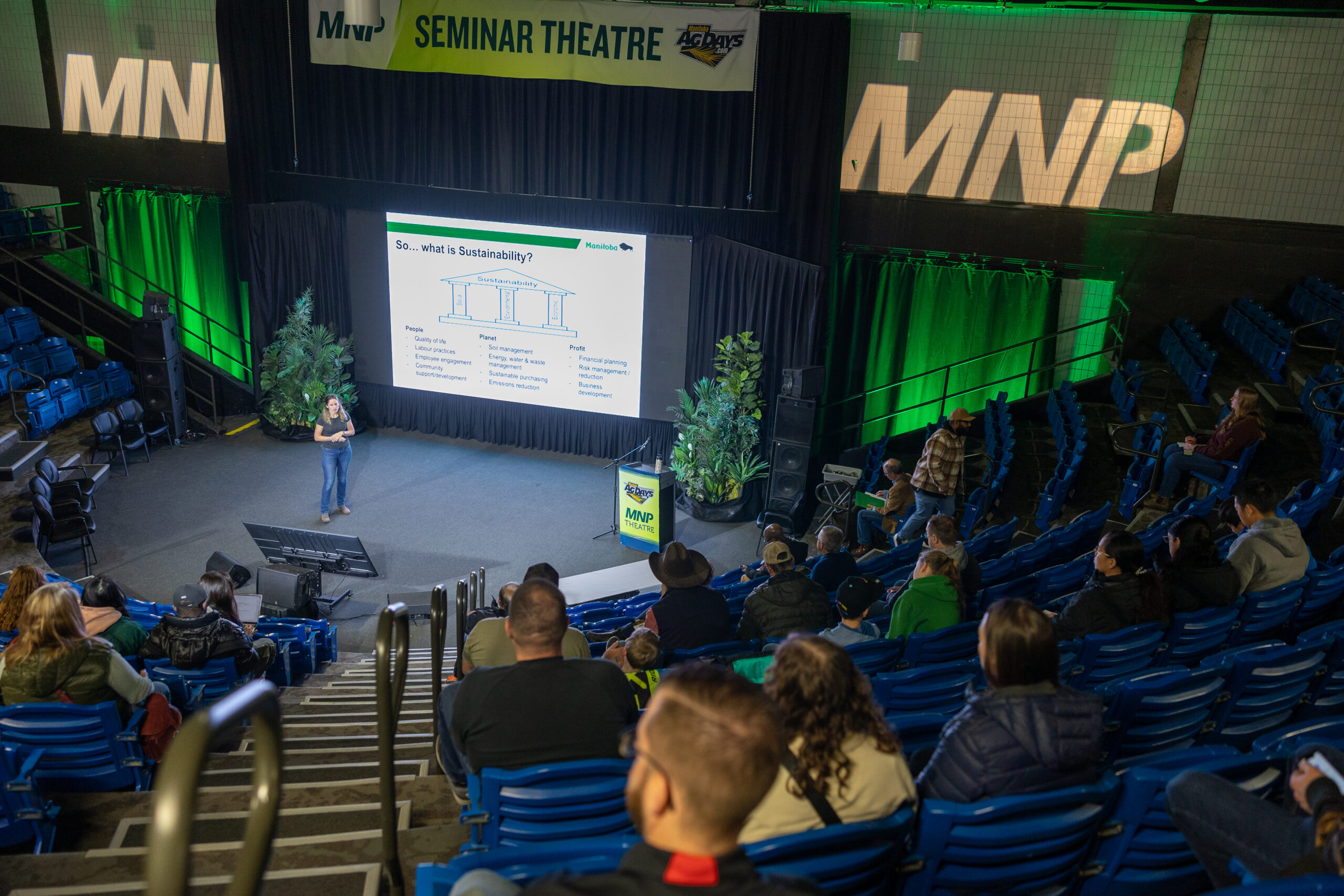

Article

Issue



Research report
Recipe
News
Event
Page
Production Resource
Manitoba Pulse & Soybean Growers at Ag Days
-


Article

Issue



Research report
Recipe
News
Event
Page
Production Resource
Message from Executive Director
-

Filter by term
